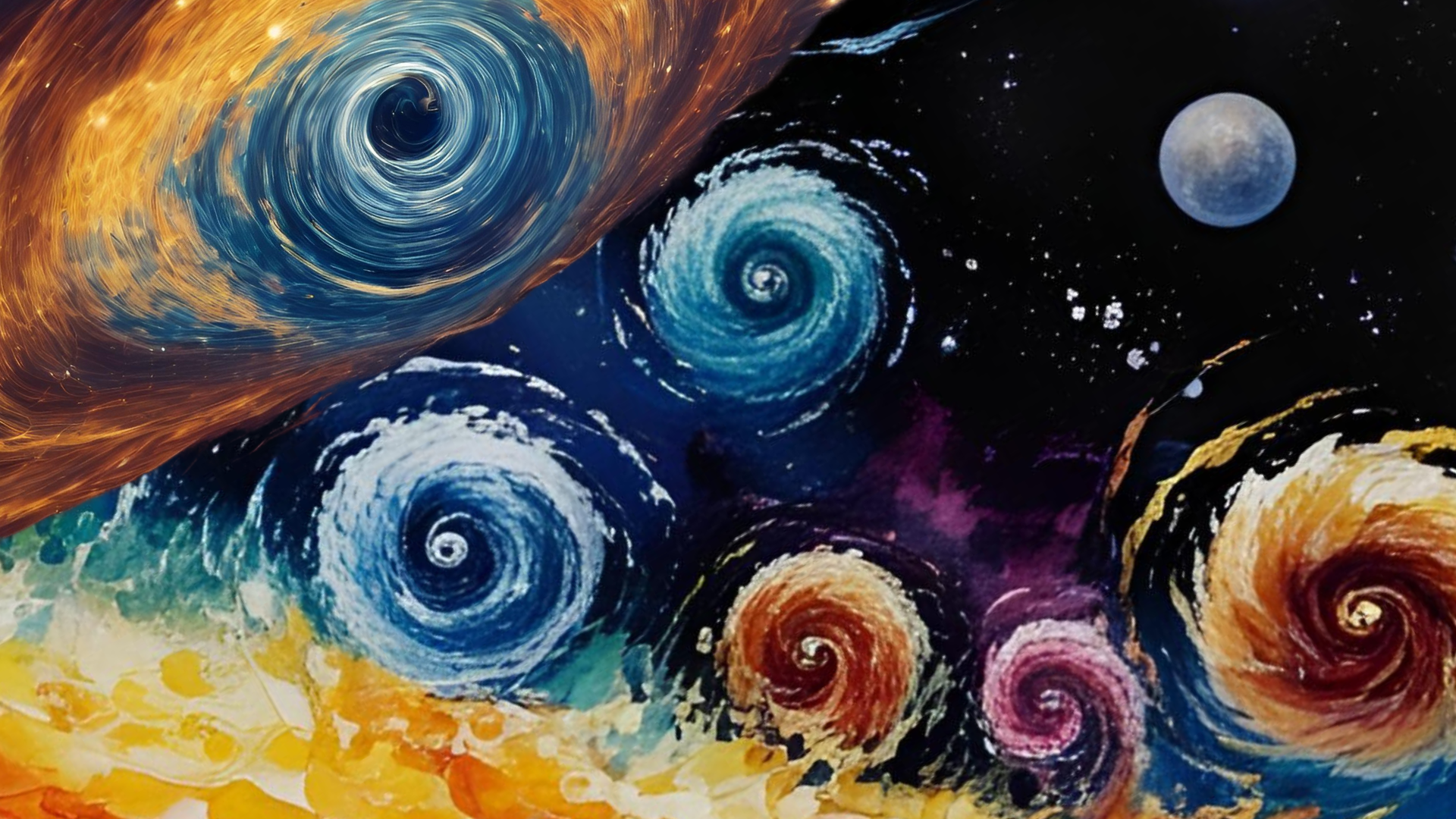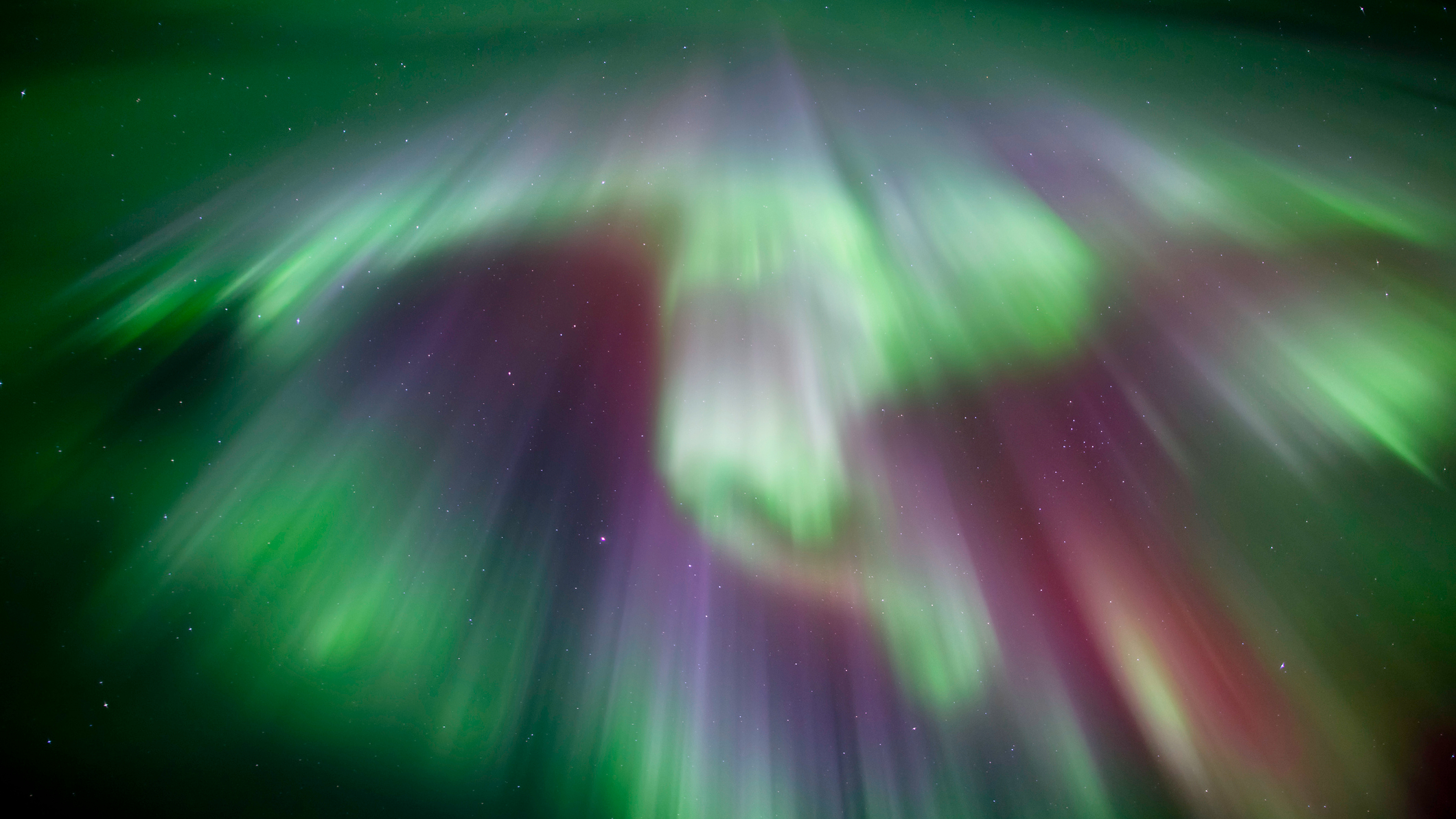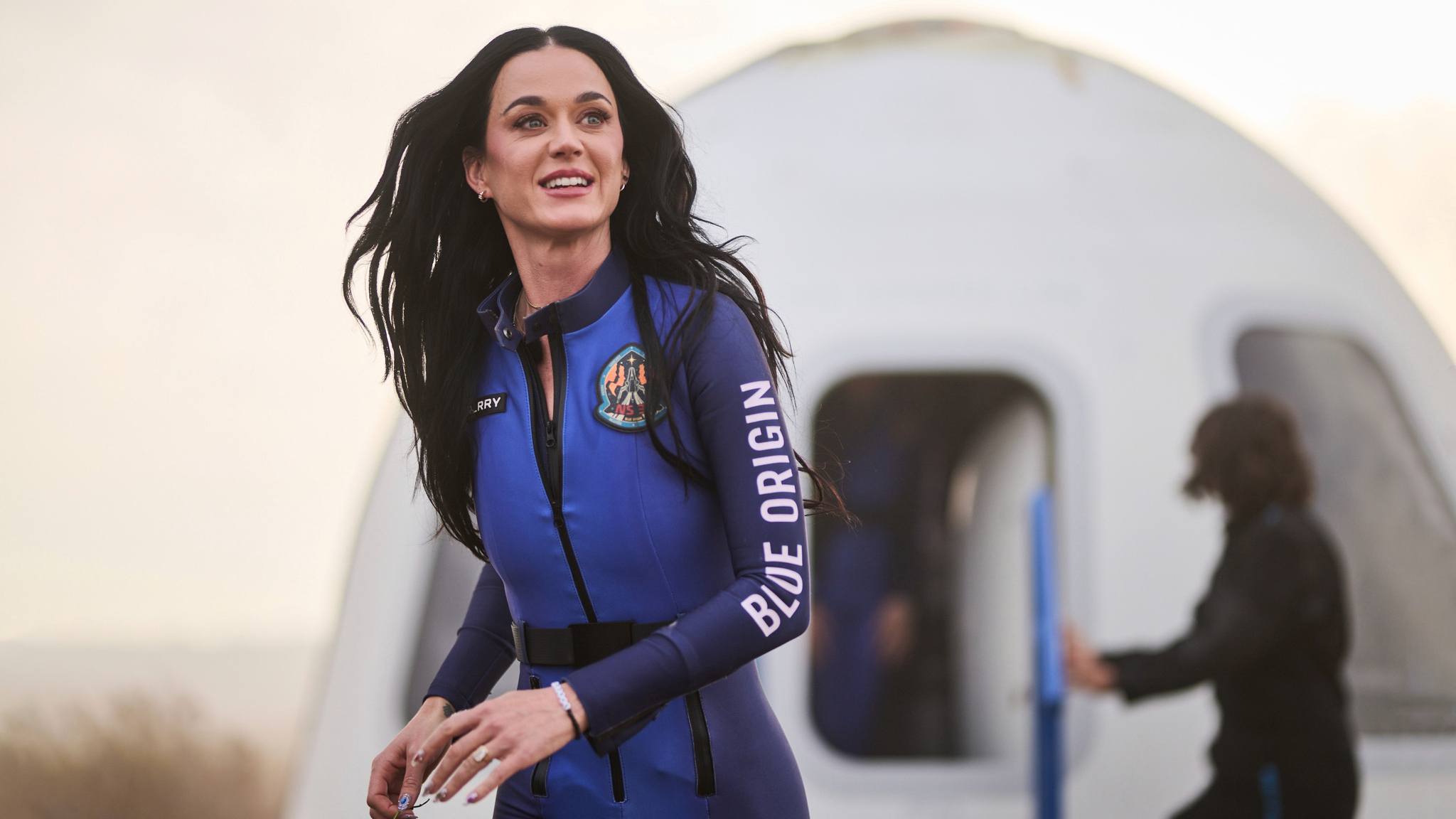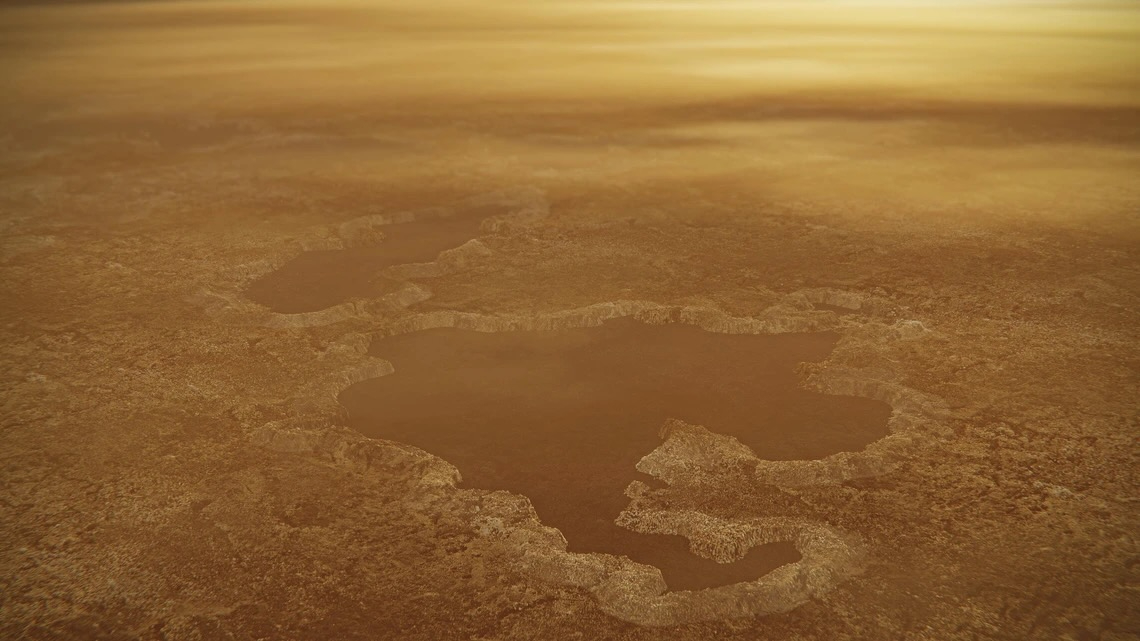
Earth-observing satellites will tag along on two upcoming launches for SpaceX's Starlink megaconstellation.
Six SkySat spacecraft operated by San Francisco-based company Planet will ride to low Earth orbit (LEO) atop SpaceX Falcon 9 rockets in the near future, representatives of both companies announced Wednesday (May 13).
The SkySats will fly as rideshare payloads on the two missions, whose primary purpose will be to loft more spacecraft for SpaceX's burgeoning Starlink internet-satellite constellation. Three SkySats will launch on the ninth Starlink mission, which is expected sometime in June. (Starlink No. 8 is scheduled to lift off this weekend, by the way.) The other three will go up later this summer, Planet representatives said.
Related: Planet's photos of Earth from space (gallery)
Over the course of this spring and summer, we'll be launching six SkySats into space aboard @SpaceX's Falcon 9, offering targeted coverage, unrivaled rapid revisits and raw image capacity in key regions. https://t.co/yFu5tHNWbH pic.twitter.com/g4UsgtVwoUMay 13, 2020
The six Earth-observing satellites will join 15 other SkySats in LEO, but in different orbital patches. The SkySats already aloft are in sun-synchronous orbit, which affords them views of Earth's surface with consistent solar illumination.
"SkySats 16-21 will operate at a 'mid-inclination' orbit of 53 degrees, complementing the sun-synchronous fleet, and will offer more targeted coverage and raw image capacity in key geographic regions," Planet representatives wrote in a May 13 update.
Planet is best known for its big constellation of Dove cubesats, each of which is the size of a shoebox and weighs just 11 lbs. (5 kilograms). The little Doves are highly capable, featuring a resolution of about 10 feet (3 meters).
Get the Space.com Newsletter
Breaking space news, the latest updates on rocket launches, skywatching events and more!
The SkySats are considerably bigger, weighing about 220 lbs. (100 kg) apiece, and sharper-eyed; they can pick out objects on the ground just 28.3 inches (72 cm) across. SkySats also have onboard propulsion systems, which Doves do not.
Doves and SkySats work well together, Planet representatives said.
"In a single scene, a Dove can image an entire city," the company's website reads. "Simultaneously, SkySats can be tasked to focus on the areas of greatest interest."
Planet sells its Earth imagery to a variety of customers but tends to make the most important and impactful images available free of charge. For example, the company has released photos of natural disasters such as earthquakes and imagery showing the aftermath of Iranian missile attacks on Iraqi military bases.
SpaceX launches Starlink satellites in 60-satellite batches, seven of which have been lofted to date. But there will be many more such launches in the future; the company has permission to launch about 12,000 Starlink craft and has applied for approval for 30,000 more.
- Cubesats: Tiny, versatile spacecraft explained (infographic)
- Satellite photos help Indonesian relief workers sort through earthquake, tsunami aftermath
- SpaceX's Starlink satellites will soon get glare-reducing 'sunshades,' Elon Musk says
Mike Wall is the author of "Out There" (Grand Central Publishing, 2018; illustrated by Karl Tate), a book about the search for alien life. Follow him on Twitter @michaeldwall. Follow us on Twitter @Spacedotcom or Facebook.
OFFER: Save 45% on 'All About Space' 'How it Works' and 'All About History'!
For a limited time, you can take out a digital subscription to any of our best-selling science magazines for just $2.38 per month, or 45% off the standard price for the first three months.
Join our Space Forums to keep talking space on the latest missions, night sky and more! And if you have a news tip, correction or comment, let us know at: community@space.com.

Michael Wall is a Senior Space Writer with Space.com and joined the team in 2010. He primarily covers exoplanets, spaceflight and military space, but has been known to dabble in the space art beat. His book about the search for alien life, "Out There," was published on Nov. 13, 2018. Before becoming a science writer, Michael worked as a herpetologist and wildlife biologist. He has a Ph.D. in evolutionary biology from the University of Sydney, Australia, a bachelor's degree from the University of Arizona, and a graduate certificate in science writing from the University of California, Santa Cruz. To find out what his latest project is, you can follow Michael on Twitter.










